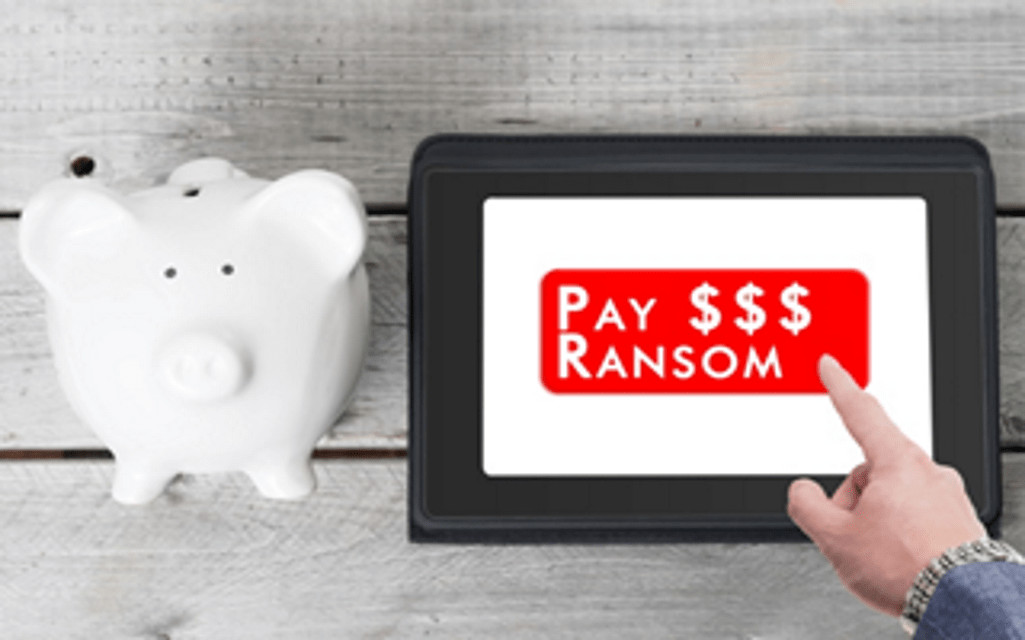Just about everyone can agree that computers are one of the most important parts of day-to-day activities. While many people rely on them for entertainment and socialization, many more people rely on their computers for business and research. When it comes to managing a business network of computers, there are several things that one will need to pay attention to and be aware of. One of these things is going to be the prevalence of malware. Of course, having a home computer affected by malware can be troublesome.
However, when a whole business network is hit by a ransomware attack, it can result in thousands of dollars being lost in revenue, hours upon hours of downtime, and trouble for everyone both within the business and potential customers who may have been interested in the business’s services. Because of this, it is important to know the best ways to prevent ransomware from taking over a computer network. Here are a few ways to prevent it from happening.
1. Be Mindful About Opening Emails
Ransomware is often something that needs to be downloaded onto the computer. With that being said, this often means that ransomware attacks happen partially at the fault of someone who opened a file they shouldn’t have. One of the most common ways that ransomware gets into a person’s network or system is by opening emails from unknown senders, senders pretending to be someone else, or sometimes even from hijacked accounts. While there are many kinds of software that can be used to filter out emails and malicious files, it is also important to exercise common sense when browsing through a business’s email.
Files should never be downloaded unless they are from a reliable and known sender, and if it is known that the sender’s account is not compromised. Pay attention to the sender’s email address to see if it is mimicking another well-known email address, often one of a large corporation. Doing this can ensure that there is minimal chance of ransomware affecting a system through email.
2. Invest in Protective Software
As mentioned earlier, there are types of software that a business can invest in to protect itself against not only a ransomware attack but also against other forms of malware. Some software may be focused on filtering out spam or malicious emails. Other software might be focused on protecting the computer network as a whole. It will be important for a business to determine what type of protective software it needs the most and research which software will be the most beneficial for the business as a whole. Once one is chosen, employees can relax just a little bit more about the risk of malware affecting computers. If your business has delicate data or complex business info, consult a cyber security expert like Cytelligence for the most effective and up to date strategies.
3. Have Backups Ready
Because something can go wrong at the single click of a button, it is important for businesses with large computer networks to have regular backups that can be used in the event that the system is compromised. The more frequently backups are made, the less of a loss there will be when restoring to a previous backup. More often than not, there will be some degree of data loss when restoring to a backup of a system, but this loss of data will not be nearly as impactful or significant as losing the entire system altogether or having to pay the money for the chance that the ransomware will let the system be free.
Read More: You’ve Been Hit by Ransomware — Now What?
4. Educate Employees
While it will help a business tremendously to have these factors in place to protect themselves from ransomware, it will only be so effective. Most of these programs and software will work assuming that the people using the computer have some understanding of how to remain safe online. Even if these programs are in place, if someone intentionally downloads or opens a compromised file, then having the programs in place will not mean anything. It is important for the employees of the business to understand what files are safe, which aren’t, and what should be done if they encounter a file that could be unsafe.



